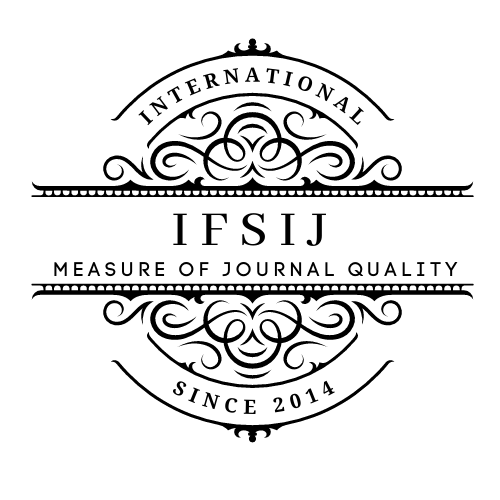SOIL QUALITY INDICATORS OF CHEMICALLY DEGRADED
Abstract
Nowadays, due to the influence of industrialization, the increase in the effect of chemical degradation has led to the loss of specific physical, chemical, and biological quality indicators of the soil as a result of the influence of anthropogenic processes, which has led to a decrease in important ecosystem functions or an increase in environmental stress. [1] The main causes of chemical degradation of the soil and therefore the main threat to its ecological functions are reduction of organic matter, reduction of biological diversity, compaction, acidification, increase of local source and diffuse pollution, affecting soil health, quality, and fertility indicators. (Montanarella), 2007). These indicator factors provide useful information about soil fertility status and ensure that plant growth development can help to effectively identify constraints or promising challenges that may limit agricultural productivity [Bünemann EK, Mäder P, et al. 2018]. [2] This includes studying the qualities of the physical, chemical, and biological indicators of the soil and assessing its health and fertility. Soil indicators are often divided into categories of physical, chemical, and biological indicators [Moebius-Klun, B.N., Thies, J.E., and Abawi, G.S. 2009]. Additional information about these soil indicators is available. http://soilhealth.cals.cornell.edu Soil quality and performance indicators are based on soil functions (Loveland and Thompson, 2002; Ritz et al., 2009; Rosa, 2005). It is shown that these functions are related to the health and fertility of the soil and the crop yield.[3] It has become increasingly important in the delivery of ecologically clean food. Soils also interact with other components of the environment (air, water, and soil). [4] These physico-chemical and biological parameters include regulation of climate and hydrology in soil-environment ecosystem relations, control of pollutants, and biocontrol of plant pathogens and parasites. (Sylvain and Wall, 2011) chemical pollutant in soil water filtration control and flow reduction, filtration is required. (Breure et al., 2012). [6] It helps determine the effect of chemically degrading substances on soil fertility. It increases soil formation, soil fertility, biochemical dynamic balance (C sequestration and nutrient cycling), decomposition of organic compounds, and the transfer of plant nutrients to the soil solution (Robinson et al., 2013). Includes water and climate change regulation through carbon sequestration from soil. Soil quality indicators are usually used to study soil quality and function. Soil quality indicators are also relevant in environmental monitoring (Pulleman et al., 2012). Indicators help assess human and natural impacts on soil, including chemical degradation processes, and help determine the effectiveness of sustainable soil health (Doran and Parkin, 1994; Karlen and Stott, 1994; Schipper and Sparling, 2000). In order to assess the quality of chemically degraded soil, a combined approach is required in which the biological, chemical, and physical properties of the soil are evaluated (Bone et al., 2010; Seybold et al., 1998). In the research area, these indicators have been studied by scientists in our country and the world community for years as a way to determine the source of chemical degradation, the quality of soil health, and fertility. [5].
Downloads
Published
Issue
Section
License

This work is licensed under a Creative Commons Attribution-NonCommercial-NoDerivatives 4.0 International License.















